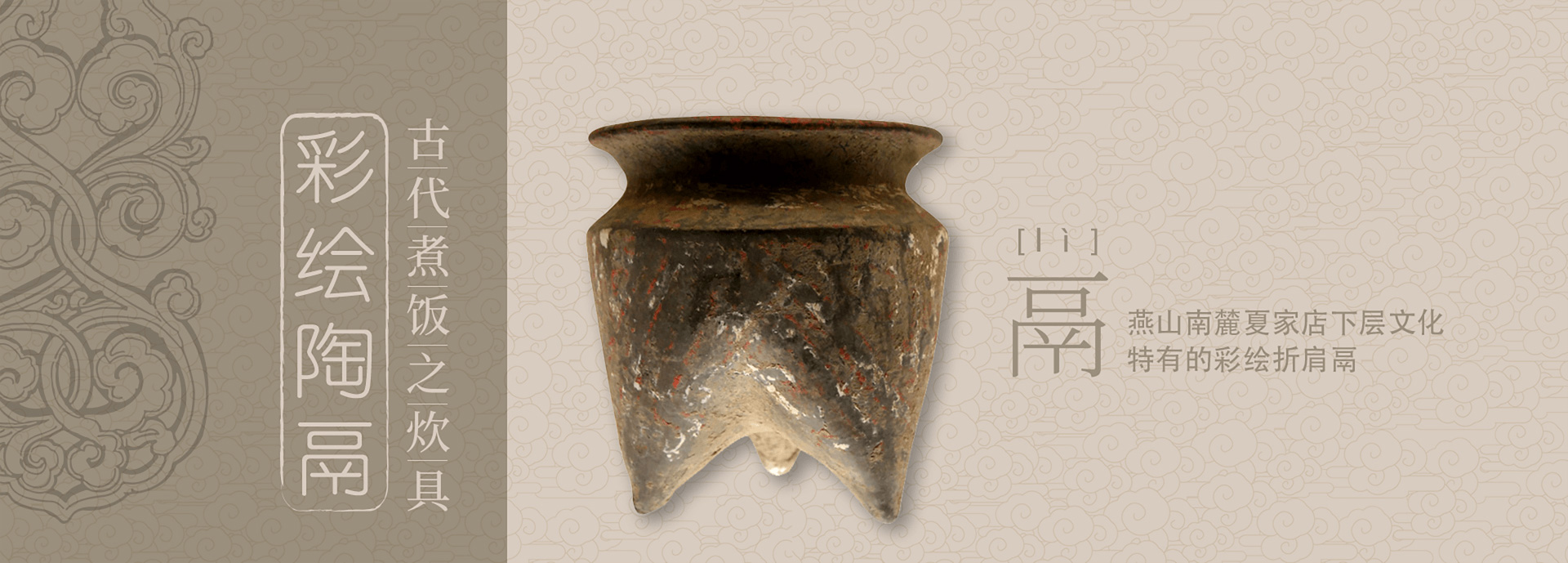Collection scope of cultural relics
(I) Ancient History
1. Cultural relics found in Sanhe include stoneware, jade ware, ceramic ware, bronze ware, etc.
2. Monuments, chronicles, plaques and materials reflecting the history, culture and historical figures of Sanhe Area.
3. Cultural relics of high artistic value, including calligraphy and painting of celebrities, ceramics, jade, ancient books, etc.
(II) Folklore
1. Folk cultural relics reflecting the life of the common people in Sanhe:
(1) Class of scholar, farmer, artisan and merchant, such as store number, signboard, front, bill, certificate, picture, etc.;
(2) Food, clothing, shelter and transportation, such as costume, cooking utensils, furniture, building components, articles for daily use, carriage, etc.;
(3) Weddings and funerals, such as bridal sedan chair, costume, musical instruments, couplets, etc.
2. The production tools and living utensils of Sanhe are few in existence and are on the verge of being withdrawn from social life.
3. Cultural relics and materials reflecting the religious beliefs of Sanhe, such as scriptures, costumes, incense burner, sacrificial articles, articles for famous religious figures, etc.
(III) Revolutionary History
Images, text materials (including manuscripts, magazines and newspapers), tools of production, daily necessities weapons, etc. related to major events, important persons, famous martyrs and patriots, reflecting the history of modern and contemporary revolutionary struggle in Sanhe.
(IV) Contemporary History
Important materials of Sanhe’s economic and social development process since liberation, especially since the reform and opening-up, and other cultural relics and materials reflecting the history and culture of Sanhe Area, such as pictures, photos, tools of production, means of transportation, slogans, audio and videos, etc.
(V) Paleontological Fossils
Any of various paleontological fossils, including marine and terrestrial fossils.
(VI) Intangible cultural heritage
Works of art, costumes, props, tools, folk literature, pictures, audio and videos, etc. related to Sanhe intangible cultural heritage.
Collection method
(I) Donations
Individuals or non-governmental civil organizations voluntarily transfer the ownership of cultural relics to Sanhe Museum free of charge. The municipal museum will issue a certificate of honor to the donor when accepting the donation, and specify the donor during the exhibition period (unless the donor has special requirements).
(II) Temporary storage
If the collectors are unwilling to sell or donate the cultural relics, and the municipal museum is in great need of exhibition, a free or compensated loan and exhibition agreements can be signed through negotiation on the basis of the collectors' willingness; the cultural relics to be loaned and exhibited shall be temporarily stored in the municipal museum, and the ownership shall remain unchanged during the exhibition period.
(III) Acquisition
Individuals or non-governmental civil organizations voluntarily transfer the cultural relics collection to the municipal museum at a fixed price, and the transfer price shall be determined in accordance with the professional cultural relics identification and evaluation process, and both parties shall sign an acquisition agreement, and the collector shall transfer the ownership of the cultural relics collection to the municipal museum at the agreed price.
(IV) Others
Within the scope of national laws and regulations, both parties shall adopt the feasible method based on the premise of fairness, rationality and consensus.
Collection Requirements
(I) It has high historical, artistic and scientific value. It shall have the remarkable historical and cultural characteristics of Sanhe area, and shall have strong representation.
(II) The preservation condition is suitable for exhibition.
(III) The materials and cultural relics collected must be originals.
(IV) For Pictures, photos and audio-visual materials, please attach a brief text description, including the time, place, event, name of the main participant, position at that time, name of the photographer (provided), current occupation and other information.
(V) The applicant must hold the ownership of the cultural relics or the effective right to donate or borrow the cultural relics for the exhibition.
Time of collection
From now on, it will be collected all the year round.









